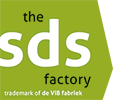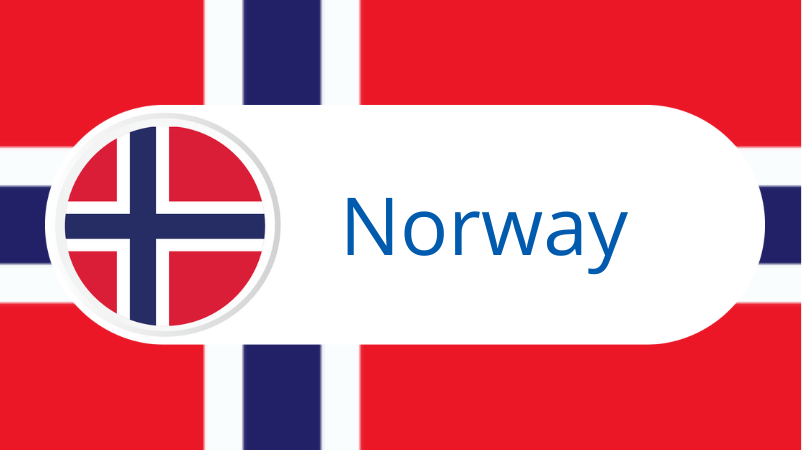Announced checks by the national authorities on PCN notifications

We have extensively discussed, written, and talked about it. The PCN portal, PCN notifications, the UFI code, and all other aspects involved in this notification of chemical mixtures. We are most likely far from finished discussing this topic because as of January 2025, it's happening!
The entire transition to harmonized poison center notifications will be completed by then. In short: all physical and/or health hazardous products (products with an H2xx and/or H3xx classification) must be notified and registered via the PCN portal from 2025 onwards.
To conclude this transition period, national authorities, the infamous inspectors, will conduct checks from January 2025 for six months to verify whether these PCN notifications have been completed accurately.
In addition to the PCN notifications of (hazardous) chemical mixtures, inspectors will also verify whether the labels and SDSs of the notified mixtures are in order. A report with all the findings of the inspectors is expected by the end of 2025.
Now, if you're thinking, "PCN, what was that again?"
Don't panic! We can help you with questions like: How does this PCN notification work? What data do I need? And what else do I need to consider?
We still receive daily questions via phone and email, indicating that this procedure may not be entirely clear to everyone. Below is a concise explanation!
In short:
A PCN notification can be carried out in various ways. You can manually enter all the required information for a PCN notification into the ECHA system with an IUCLID account, or you can register your product via software directly connected to the PCN portal.
What data do you need?
- General company information;
- Product classification;
- Toxicological data from the SDS of the product (Section 11);
- Use type (consumer, professional, and/or industrial);
- The trade name(s) of the product;
- The UFI code of the product;
- The EuPCS code of the product;
- Full composition of the product, in exact percentages or within specified ranges, including product identifications (CAS and EC numbers, chemical name, or UFI if applicable);
- Physical and chemical information of the product (at least pH, color, and physical state);
- Type(s) of packaging and content(s).
What else do you need to consider?
Since the inspection will not be limited to the PCN notification alone, we recommend checking the SDSs and labels in advance in addition to the PCN notifications. Some key points to consider:
- Does the hazard information on the label match the SDS?
- Are my SDS and label fully up-to-date with the latest laws and regulations?
- Is the UFI code horizontally readable and indelible on my label under the CLP information?
- Have all additional costs been paid? This includes additional costs from countries such as Italy, Belgium, Hungary, Austria, Ireland.
- Do I comply with all additional national legislation? This includes, for example, the national registers of the Scandinavian countries or additional national requirements for unclassified detergents.
- Do I have an SDS and label in the official language of the country where I sell my product?
- Are all my PCN notifications up-to-date?
- Are all my UFI codes unique? Or do I have duplicate UFI codes? A UFI code can be seen as a license plate for a product. If the composition changes, you must generate a new UFI code for this composition. Therefore, we prefer to speak of a UFI code per composition rather than a UFI code per product. Having multiple UFI codes for different products is not possible unless the compositions of these products are the same.
- Has my supplier also registered their UFI codes in the countries where I sell? If you register your product based on your supplier's UFI code, it is important that your supplier has registered their UFI code in the same countries where you intend to sell. It's logical to think that a poison center only receives information about your product after you have registered it. If your supplier hasn't registered the UFI code in the country where you sell, the poison center will only receive a UFI code without accompanying composition and hazard information because the UFI code represents a composition.
- And so on!
So, there is much to consider when registering chemical mixtures with the PCN portal, creating SDSs, and making a labels for your products. If you still have questions after all this information, or if you're thinking after this reminder HELP I still need to register all my products (!!), don't hesitate!
Contact us via info@thesdsfactory.com or +31 (0) 85 009 2200. Together, we will find the right solution!
Source: ECHA news.





